An oval solid silver PLANTER called “Aux raisins” resting on a pedestal with a slight ogee decorated with vine branches repeated on the handles.
Under the base, Etruscan vase hallmark of “A. HEBRARD/PARIS”,
Dimensions: length 49 cm – width 25 cm
Material: 1st title silver 950/°°°
Weight: 2,060 grams
Boar’s head hallmark
Era: 20th century around 1920
Goldsmith: JEAN SERRIERE (1893 – 1968)
Signature and Hallmark of A.HEBRARD, Paris
Provenance: Former LANVIN collection
Origin: France/Paris
Bibliography: Jean Serrière (1893-1968) was born in Nancy on February 26, 1893, into a family from Lorraine. His father, Émile Serrière, was an engraver, and his mother, Adèle Serrière, managed the Hébrard foundry after the death of René Desbois in 1909.
In 1900, Jean Serrière moved to Paris for his studies and frequented prestigious workshops, including that of Georges Desvallières. After the First World War, he turned to copperware, working with hammered copper and silver, and created furniture that he exhibited at the Pavillon de Marsan. Self-taught and curious, he then became interested in the technique of enameling, thus adding the craft of enameling to his artistic skills. He received various prizes and distinctions at the exhibitions of 1925 and 1937, rubbing shoulders with the greatest artists of his time.
The Hébrard foundry, founded by Adrien-Aurélien Hébrard in 1902, was renowned for the quality of its bronzes made using the lost wax technique. After the death of René Desbois in 1909, Adèle Serrière, Jean Serrière's mother, took over the management of the foundry. In 1925, Adrien Hébrard entrusted the foundry to his daughter Nelly, who officially managed it from 1932 until its liquidation in 1934.
In the 1920s, Jean Serrière collaborated with the Hébrard foundry to produce his copperware and enamel works. For example, a silver ewer created by Jean Serrière and cast by Hébrard around 1930 is evidence of this collaboration.
Thus, Jean Serrière, with his family heritage and artistic skills, contributed to the influence of the Hébrard foundry in the 1920s, a period during which he developed and refined his art in copperware and enamel.


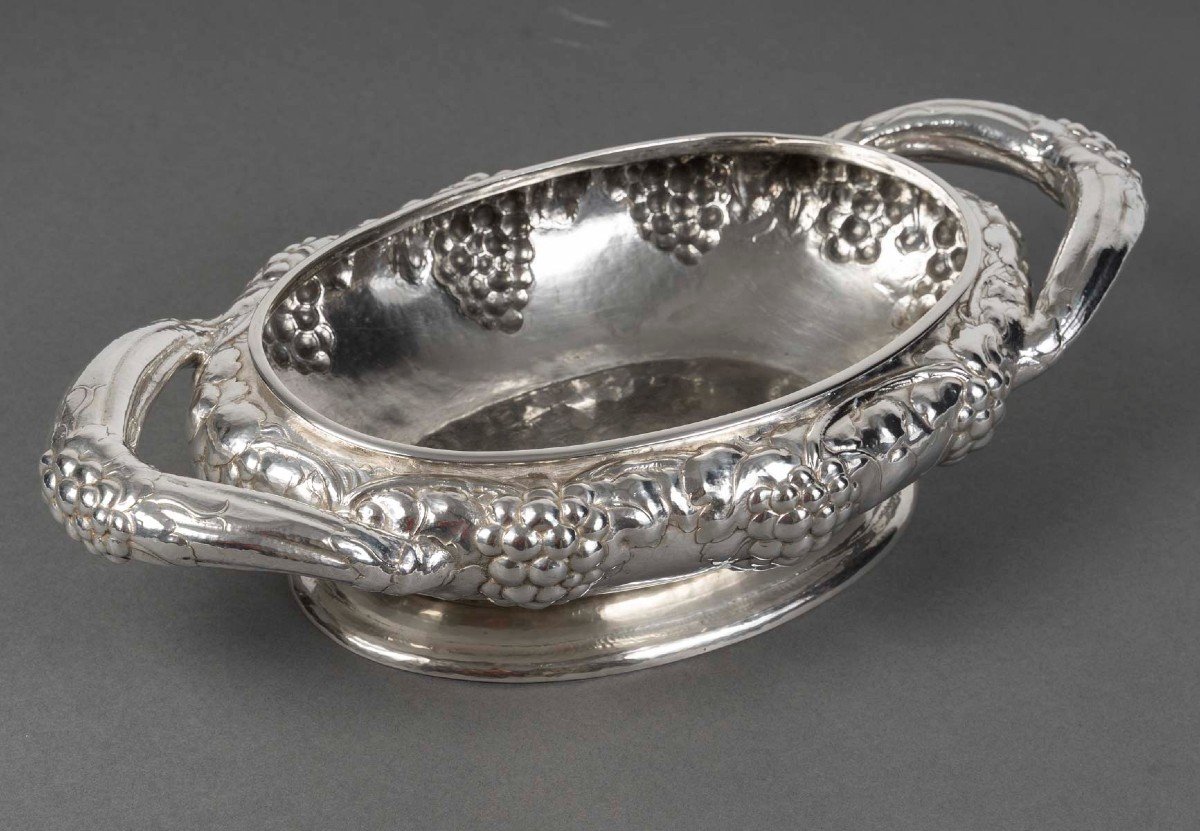



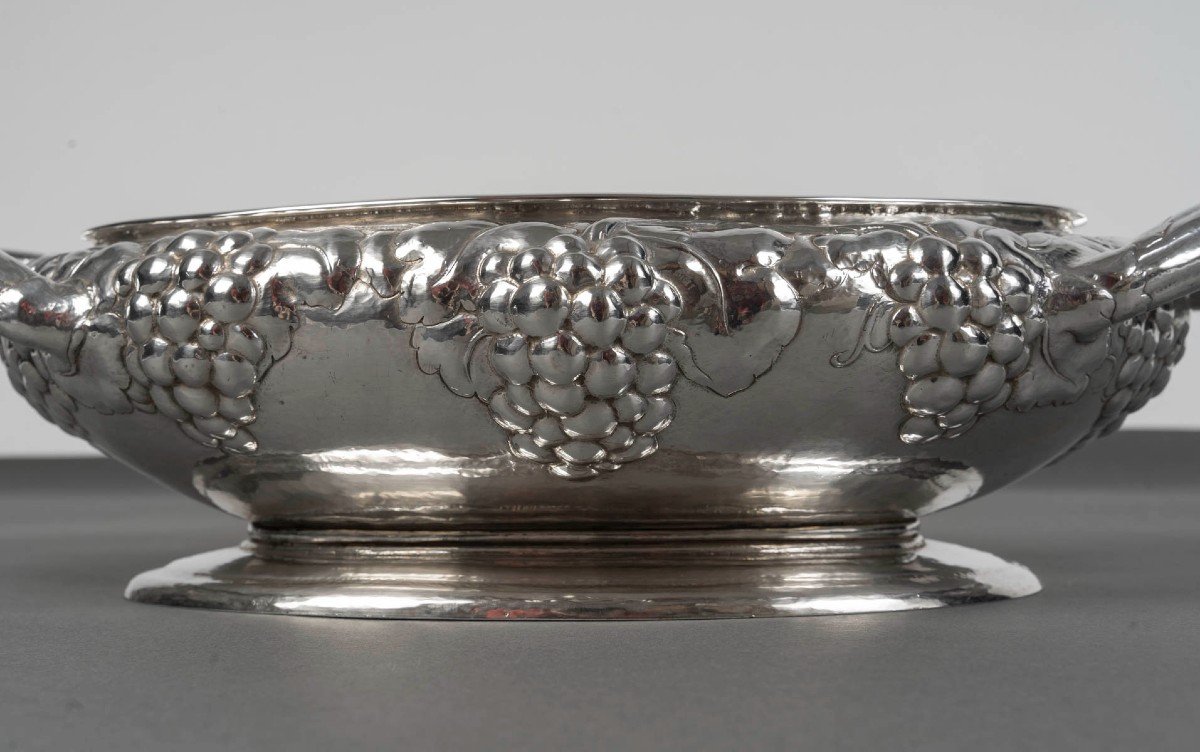





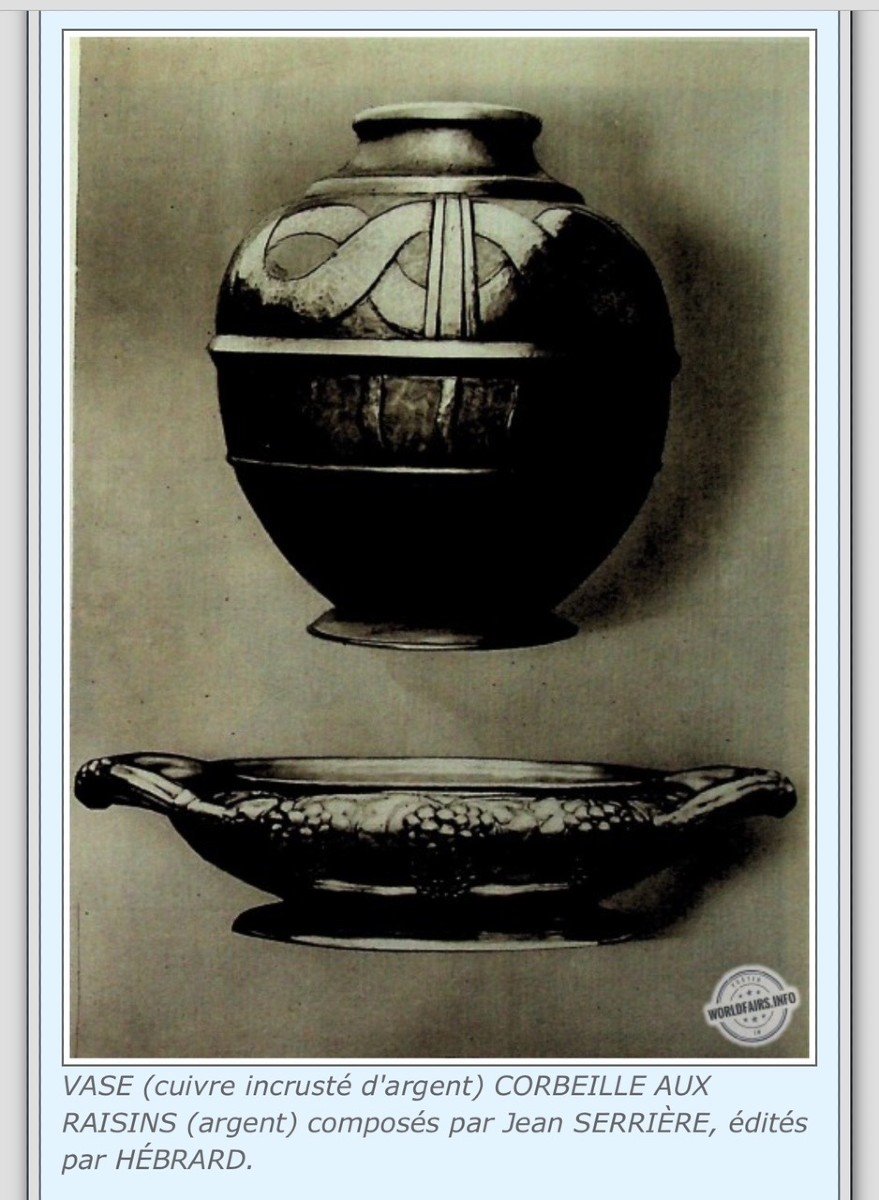













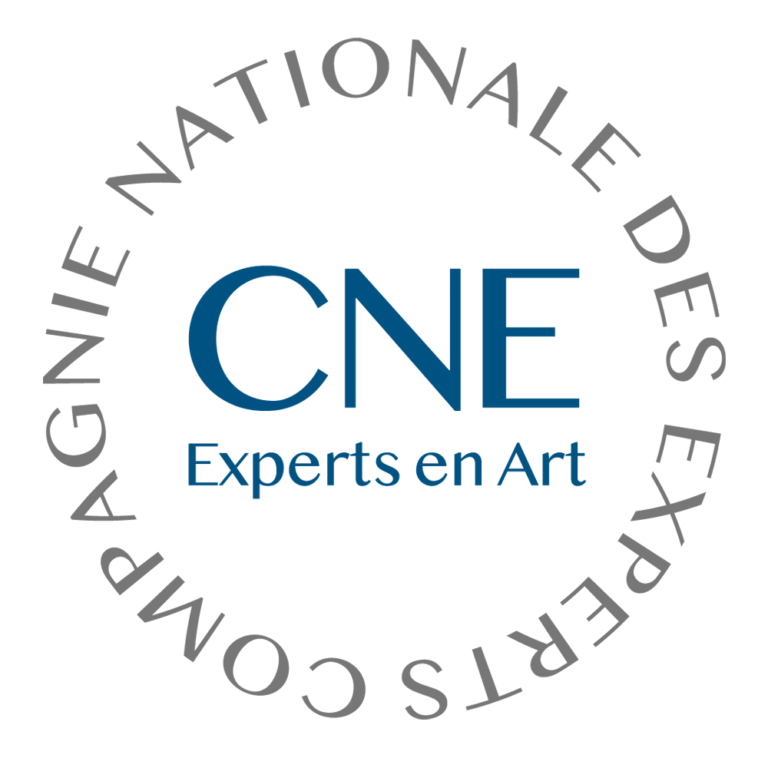

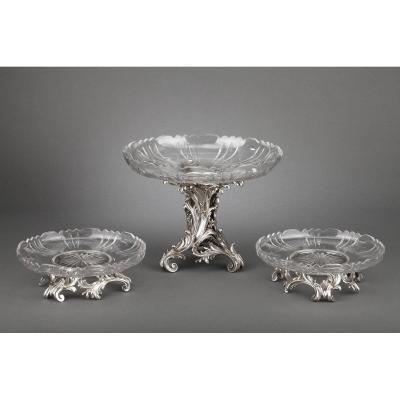
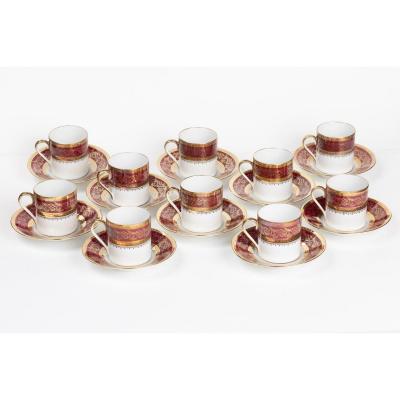

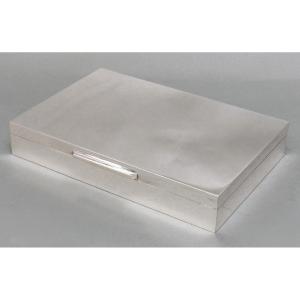




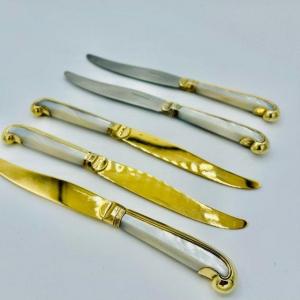
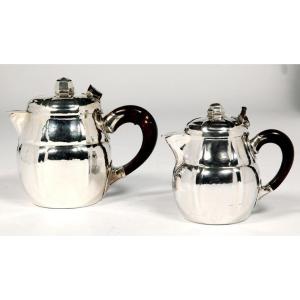


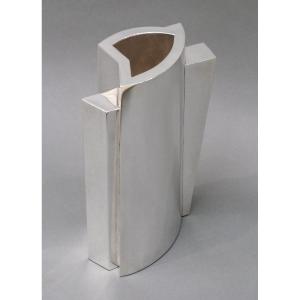


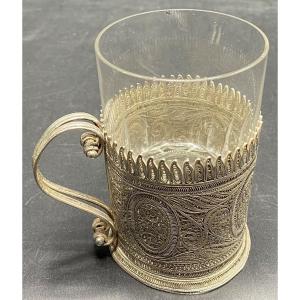


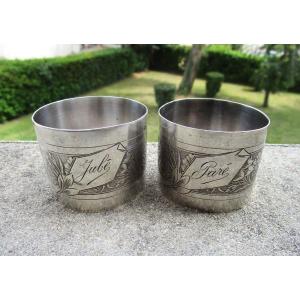




 Le Magazine de PROANTIC
Le Magazine de PROANTIC TRÉSORS Magazine
TRÉSORS Magazine Rivista Artiquariato
Rivista Artiquariato